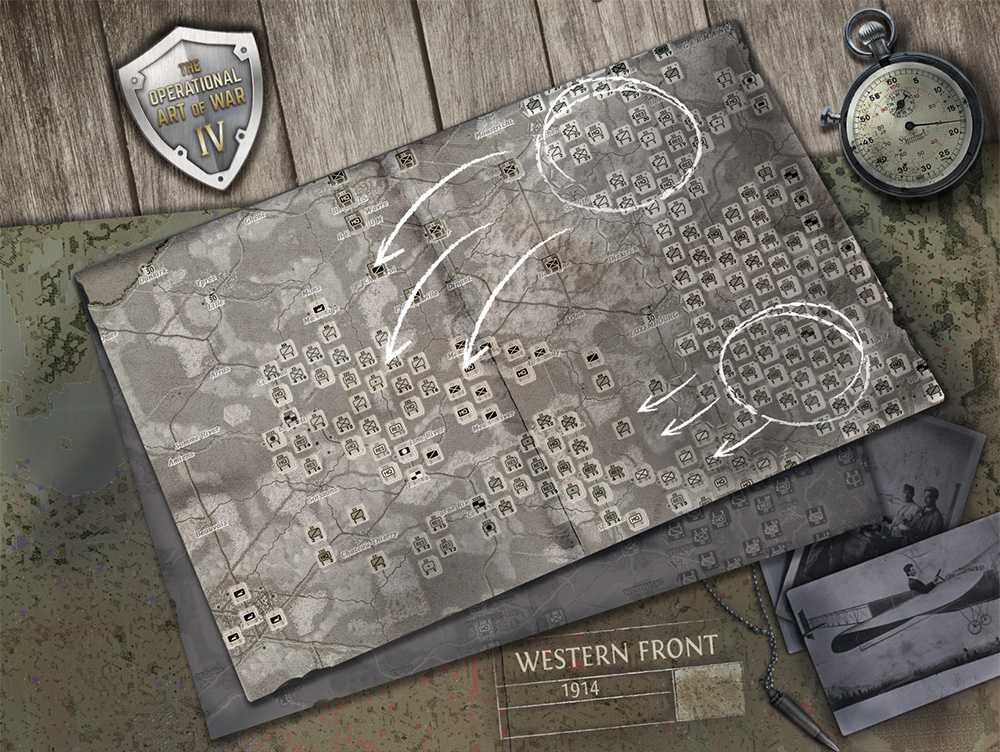

Indeed, to conduct these types of operations, Title 10 directs the services to develop concepts, doctrine, tactics, techniques and procedures.

These Title 10 responsibilities run the gamut from major combat operations to counterinsurgency to humanitarian assistance operations. The overarching mission of the United States military services is to organize, train, and equip forces for combatant commanders to employ in contingency operations. In each of the levels described, though, there is an element missing.

Further, company commanders understand their tactical role and do not set up meetings with foreign defense ministers to develop policy. Combatant Commanders understand they do not approve the gate guard schedule. And insofar as the amendments proposed by Matheny, Luttwak, and others facilitate building these frameworks, they are valuable contributions to the understanding of war and enable commanders and staffs to apply the appropriate amount of effort into their respective roles. Breaking down levels of warfare into the tactical, operational, and strategic assists in building a framework for the appropriate level of planning and execution by commanders and policymakers. At this level is the individual soldier with their individual equipment. Another level of war to consider is the technical level, developed by Edward Luttwak. Michael Matheny provides a construct for a theater strategic level to match the current construct of theater strategies. In his article “The Fourth Level of Warfare,” Dr. Adding to the context of levels of war is the recent developments of the theater strategic level of war. Clausewitz, for example saw warfare as made up of three levels: tactics, strategy, and policy. There are, of course, other models and one can conceive of other levels of war. The tactical level of war is the level of war at which battles and engagements are planned and executed to achieve military objectives assigned to tactical units or task forces. The operational level of war is the level of war at which campaigns and major operations are planned, conducted, and sustained to achieve strategic objectives within theaters or other operational areas. The strategic level is the level of war at which a nation, individually or as a group of nations, determines national or multinational strategic security objectives and guidance, then develops and uses national resources to achieve those objectives. Joint Publication 3-0, Joint Operations, defines the tactical, operational, and strategic levels of war. This article will introduce the institutional level of war with a corresponding institutional art (to match the operational art) as a parallel level or column of war. In limiting the discussion of the levels of war to the tactical, operational, and strategic level, what occurs within military institutions that develop and deploy those units to the battlefield is completely lost. Each of these levels of war focuses on the current and immediate future of war and determines success in war based on actions on the battlefield. Other proposed levels include the grand strategic lying above the strategic, and the technical level of war below the tactical. There have been attempts to create other levels such as the theater strategic between the operational and strategic. At the lowest rung is the tactical level, followed by the operational level, and culminating with the strategic level of war on top. The United States military recognizes three distinct levels of war.


 0 kommentar(er)
0 kommentar(er)
